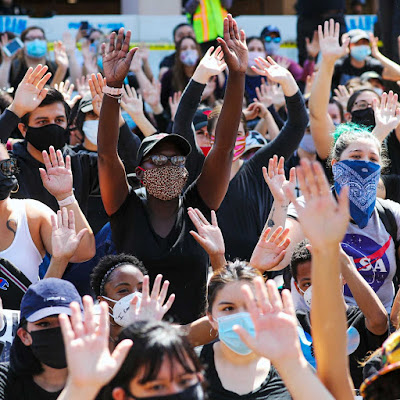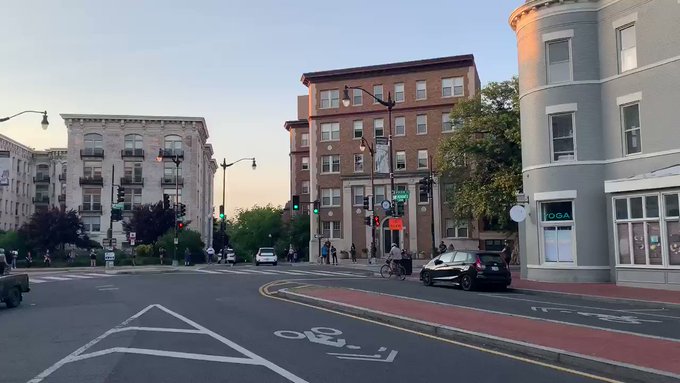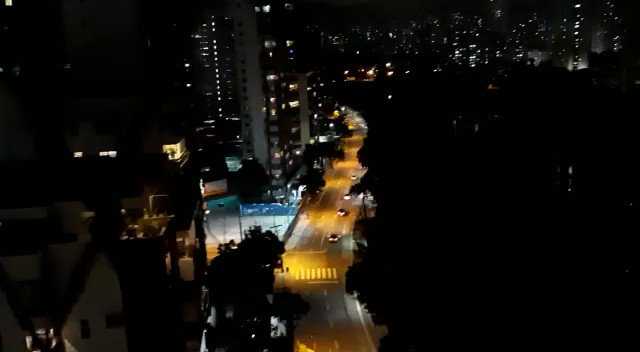Many major cities have imposed curfews as protests over the death of George Floyd continue. Some who could no longer take to the streets have instead turned to banging pots and pans with kitchen utensils outside their windows — a familiar form of protest in Latin America known as a “cacerolazo.”
Protesters in Washington, DC, Philadelphia, and Los Angeles have all been spotted participating in cacerolazos over the past week. In DC’s Mount Pleasant neighborhood, the banging lasted for more than an hour following the start of the city’s 7 pm curfew on Tuesday:
Mount Pleasant, DC has had an hour-long pot banging session post-curfew and it’s only getting louder
The practice dates back to at least 1848, when French housewives protested high rents, unemployment, and starvation wages. In modern times, the practice gained popularity in the 1970s among conservative women in Chile who opposed Salvador Allende, the first Marxist to be elected as the president of a liberal democracy.
Allende’s tenure, which eventually came to an end in 1973 following a military coup backed by the American CIA, brought on a period of public unrest in Chile. In an effort to stamp out Marxism in Latin America, the US had issued sanctions against the Allende government that resulted in mass food shortages.
At a time when women conformed to stricter gender roles and were generally responsible for cooking, conservative women used their pots and pans as a political tool. It became such a powerful symbol of protest that an image of pots and pans appeared on the mastheads of opposition newspapers.
“It was an ideal tool for women because the pots symbolized their femininity. But it also was a statement about the lack of food,” said Margaret Power, a professor of Latin American history at Illinois Institute of Technology who interviewed women participating in cacerolazos at the time. “It was accessible. It was a way that somebody could stay within their home or their neighborhood at a time when women’s lives were a bit more controlled.”
The cacerolazos cropped up again in Chile when mass protests against the dictatorship of Augusto Pinochet broke out in 1984 — this time, in favor of a left-wing cause.
Since then, the right-wing origins of cacerolazos have long faded from memory. But they have become a popular form of protest in Latin America, which has often looked to Chile as a model of political activism.
“For so many people in Latin America, Chile was such a beacon of hope,” Power said. “I think Chile has always played an important political and symbolic role throughout Latin America.”
Middle-class Argentines engaged in cacerolazos following a 2001 financial crisis in which the value of the Argentine peso plunged, throwing the nation into a depression following a period of rapid economic growth. And in Brazil, cacerolazos (or, as they are known in Portuguese, “panelaços”) were used during the televised speeches of then-President Dilma Rousseff in 2015 and, most recently, to protest President Jair Bolsonaro’s response to the coronavirus pandemic:
Across #Brazil, people bang pots and pans to protest the handling of the #coronavirus crisis by @jairbolsonaro. twitter.com/folha/status/1…
Now it appears that the practice has been imported to the US as well.
Aside from the most recent cacerolazos over Floyd’s death and the curfews for protesters, they were also used last year in Puerto Rico to protest then-Gov. Ricardo Rossello. Puerto Ricans had called for his resignation after his private chats were leaked, revealing messages in which he demeaned women, LGBTQ people, and victims of Hurricane Maria, which devastated the island in 2017.





